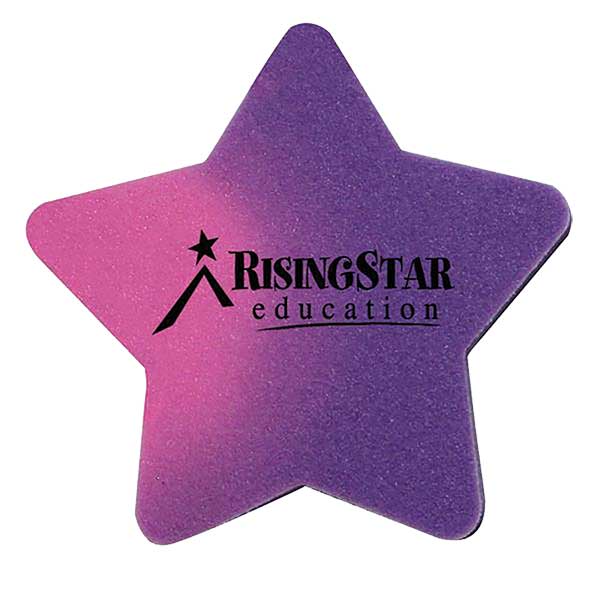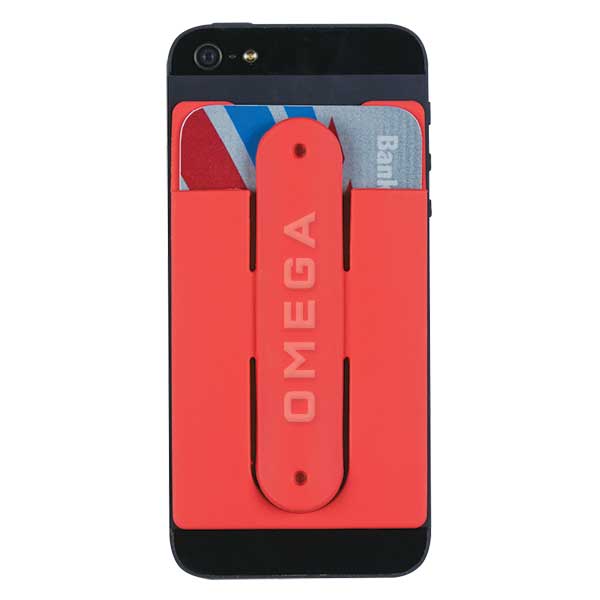7 of 8
The number of years, from 2014-2021, that education was the number-one market for promo.
(ASI Research)
For distributors and the markets they sell to, it’s a delicate dance. On one hand, distributors are expected to know a market inside and out to provide the absolute best solutions. And on the other, they need to actively diversify their client base – the wisdom of which has once again been proven by the events of the last few years. Distributors must broaden their knowledge and go deep when it matters most.
So let our annual Big Markets guide help. We take a look at five of the biggest markets for promo, and offer the top-down view as well as surefire strategies from distributors and winning product picks. If you’re looking to get into a new market or drive your success in a current one, we have you covered.
They say education opens doors, and when it comes to the promo industry, that’s true. Over the last eight years, the education market has remained tops for distributors – save for a COVID-era blip in 2020 when healthcare briefly took the No. 1 spot. Education’s supremacy makes sense. High schools, middle schools and even elementary schools are chockablock with clubs, sports and other activities, all of which require some form of promo, whether it’s uniforms, logoed T-shirts, spirit wear or something else. Charter and private schools need branded merch to get their marketing message out and entice prospective students. And opportunities abound at college, from incoming freshmen welcoming kits to Greek organizations to athletic departments.
With COVID chaos long past, the return to bankable events on a school’s calendar is a major plus. Aubrey Cocklin, owner of Mirror Promotions in Massillon, OH, recommends tracking the events that happen every year, but don’t wait until the last minute. Reach out with ideas a few months in advance. “In our post-COVID world, more time is always a good thing,” she says. “It takes the stress off the supplier, the distributor and the client, which is a win-win.” Schools have historically looked for the most bang for their buck and that hasn’t changed, so Cocklin recommends inexpensive items (such as wristband key tags) that are useful and tend to be a hit.
Product Pick
SCHOOL SUPPLIES WITH A TWIST – like this color-changing die-cut mood eraser (02134) – are a fun and inexpensive promo item to stock elementary school prize bins. Think student of the month awards, school spirit tokens or giveaways a local business could have on hand for career days.
Product Pick
COLLEGE STUDENTS LIKE TO BE UNENCUMBERED – especially if they’re headed for a night out. One thing they won’t leave at home, though: their phone. This silicone phone wallet (257) sporting their alma mater’s crest is the perfect place to stash an ID and bank card. Bonus: It doubles as a phone stand.

4 Distributor Tips
Brayden Jessen, owner of Zome Design (asi/366115) in Spokane, WA, is no stranger to the education market. He’s worked with elementary schools all the way up to the collegiate level – Zome is a licensed screen printer for Gonzaga University and other Washington universities and has had a lot of luck creating moment merch related to their achievements.
1 Mix in some premium items with budget-friendly basics. This goes for elementary schools especially. Parents may be unwilling to shell out extra cash on youth tees when they know their children are likely to grow out of them quickly, but a proud parent probably also wants to rep the school with branded merch. “Mom is going to be involved with the school for five or six years,” Jessen says. “They’re starting to understand quality. Moms will buy a premium name-brand sweatshirt for themselves that they actually want to wear.”
2 Pay attention to social media and the news. Generic shirts that simply proclaim the name of a university are a dime a dozen, but merch that capitalizes on a viral moment during a game or among fans is more likely to strike gold. For instance, during March Madness a few years back when Jimmy Kimmel had a running gag about the dubious existence of Gonzaga, Zome harnessed the national attention with #GonzagaExists merch. “We’re successful with little niche sayings online,” Jessen says.
3 Don’t forget about alumni. For a private school like Gonzaga, which has a small stadium, it’s very unlikely for fans to get an opportunity to attend a game in person, Jessen says. So, they have to look for other ways to honor their alma mater. “Merch is that one way you can connect with the team and feel a part of it on a tangible level,” he adds. And though a targeted social media ad can connect you to potential customers, sometimes the best method for generating sales is an old-fashioned email campaign. For a recent St. Patrick’s Day “lucky Gonzaga shirt” campaign, Jessen sent out two emails – letting them know about a preorder and then alerting his list that the campaign was in its final hours – and “We did $1,000 in sales, and it cost me my time to write two emails,” he says.
4 Get their budget upfront. If you’re working with a public institution’s procurement department, they’re likely obligated to opt for the lowest bid on a given project. That leads to a lot of under-cutting. If you request it, Jessen says, public institutions are required to give you the previous year’s bids. That will help you determine whether the margin on a particular project is worth your effort. In other instances, try asking directly for their budget, so you’re not wasting each other’s time. “Even if they say they don’t have a budget, they usually do,” Jessen adds.


